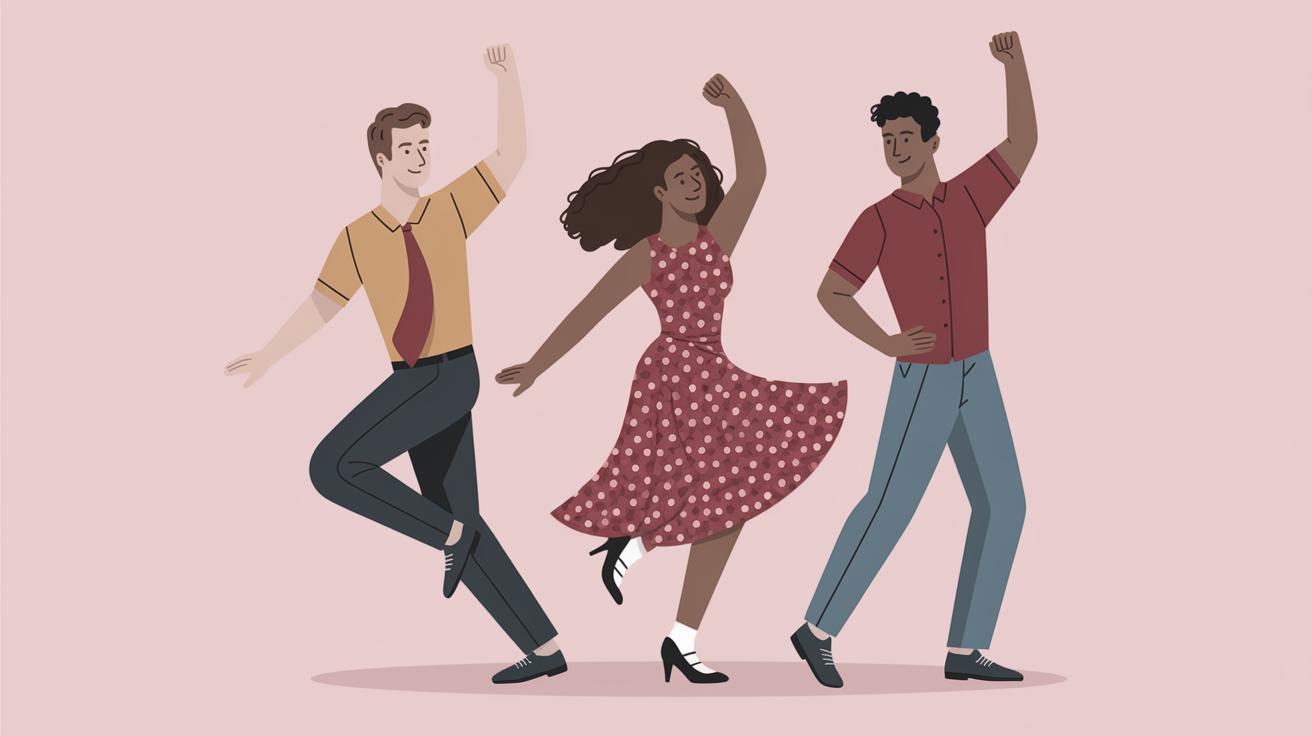How to Dance for Beginners
Dancing can seem intimidating to beginners, but with the right guidance and plenty of practice, anyone can learn to move with confidence and grace. This blog post provides a comprehensive guide for beginners, covering fundamental techniques, the importance of a well-rounded dance education, and how to overcome common challenges. Through understanding your own body and rhythm, selecting the right dance style, and practicing regularly, you’ll unlock the joy and freedom that dancing offers. Join us as we explore how to embark on your dance journey and discover the transformative experience it can bring to your life.
Understanding Your Body and Rhythm
The first step in learning to dance is to become acquainted with your own body and its capabilities. Dancing requires awareness of movement patterns, balance, and posture. Start by observing yourself in the mirror as you move in daily life. Notice which muscles you engage naturally and which ones need more focus.
Rhythm is another critical component. Listen to a wide range of music genres and try to feel the beat. Practice clapping or tapping your foot along with the music. By aligning your movements with musical rhythms, you’ll progressively build a sense of timing which is crucial for any dance style.
Selecting the Right Dance Style
Choosing the right dance style can significantly influence your learning experience. Consider your personal interests and what you find enjoyable in music and movement. From classical ballet to energetic hip-hop, different styles offer unique experiences.
To make an informed decision, attend live performances, watch videos online, or take introductory classes in various styles. Each style has its own set of foundational movements and techniques, so it’s important to explore before settling on the one that resonates with you.
Importance of Well-Rounded Dance Education
Well-rounded dance education is essential for beginners as it provides a comprehensive understanding of fundamental techniques and styles. Learning from various genres enhances your versatility as a dancer, enabling you to appreciate different forms and seamlessly integrate them into a cohesive skill set.
Engaging with different dance styles also strengthens key skills such as coordination, balance, and strength. By diversifying your learning, you’ll develop a strong foundation that not only improves your technique but also boosts your confidence in any dance scenario.
Finding the Right Instructor
A good instructor can significantly impact your dance journey. Look for a teacher who is not only skilled in their field but also patient and supportive. Someone who understands the beginner’s mindset can create a safe and encouraging environment for learning.
Research potential instructors by attending trial classes, reading reviews, or seeking recommendations from other dancers. The right instructor will inspire you to push your boundaries while ensuring that your learning experience remains enjoyable and rewarding.
Practice Regularly and Consistently
Consistent practice is key to becoming proficient in dance. Set aside regular time for practice, ensuring that it becomes an integral part of your routine. Start with manageable sessions, gradually increasing duration and intensity as you build stamina and skill.
During practice, focus on mastering fundamental techniques and movements. Utilize resources like online tutorials and dance apps to enhance your learning. Remember, practice not only improves technique but also promotes discipline and perseverance, vital traits for any aspiring dancer.
Overcoming Common Challenges
As a beginner, you may encounter challenges such as self-doubt or frustration with your progress. It’s important to maintain a positive mindset and remind yourself that improvement takes time. Celebrate small victories and use setbacks as stepping stones for growth.
Connect with fellow dancers who can offer support and share their experiences. Engaging with a community helps to build a network of support, encouragement, and motivation, aiding in overcoming common beginner obstacles.
Final Thoughts
| Key Elements | Summary |
|---|---|
| Understanding Your Body and Rhythm | Focus on body awareness, balance, and timing through music and movement. |
| Selecting the Right Dance Style | Explore different genres to find the style that resonates with your interests. |
| Importance of Well-Rounded Dance Education | Diverse styles enhance versatility, strengthen skills, and build a strong dance foundation. |
| Finding the Right Instructor | Choose a supportive, skilled teacher to create a positive learning environment. |
| Practice Regularly and Consistently | Integrate practice into your routine and utilize resources to master fundamentals. |
| Overcoming Common Challenges | Maintain a positive mindset and connect with a community for support. |


